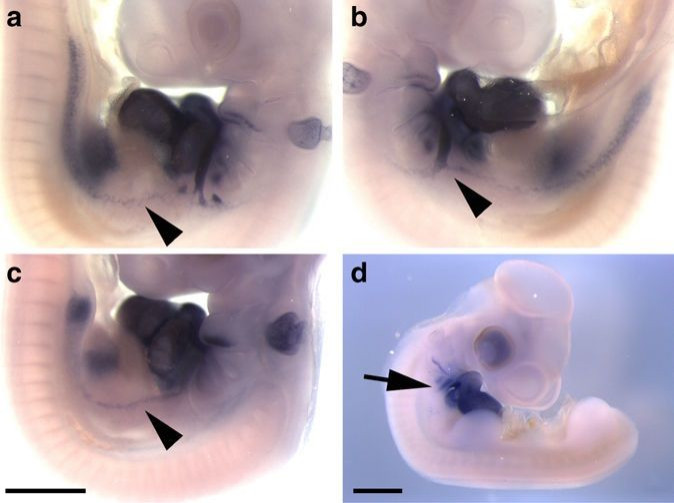Gene In Flightless Birds Could Solve Evolutionary Mystery, Human Birth Defects

A wing gene that keeps emus on the ground instead of flying through the air with other bird species is giving scientists a clue about how to prevent birth defects in humans.
After millions of years’ worth of changes on the evolutionary tree, the flightless bird has weak front limbs and wings that are just a shadow of what they used to be. But how exactly the emu, and compatriots like the ostrich, came to be Earth-bound, as other birds continue to soar through the air, remains a bit of a mystery. Scientists have identified a gene that could be key to cracking the mystery.
Read: Watch DNA Copy and Paste Itself in This Video
It’s called Nkx2.5 and it is found in an emu embryo, where it causes “wing reductions,” according to a study in the journal Nature Communications.
Flightless species like the ratites — which include ostriches and emus, while penguins are another flightless bird but are not part of that same class — diverged from other prehistoric birds more than 100 million years ago. It may seem strange that birds would evolve to lose the power to fly, but growing and maintaining a flight system expends a lot of a bird’s energy, as the study notes.
Still, “our understanding of the variation in the limb growth and patterning mechanisms resulting in wing reductions in the emu and other birds is rudimentary,” the authors say. But this gene appears to contribute to the fact that the “mature wing of the emu is vestigial, with no known function.”
It has only one claw and is roughly between 7 and 8 inches long because the gene switches on when the embryo’s wings are developing, thus reducing their size. The result is that “emu wing muscle is dramatically reduced in size and exhibits reduced muscle fiber diameter relative to leg muscle.”
The specific mechanism is unique to emus — the flightless ostriches as well as chickens and zebra finches do not have this gene. They also all have fully grown wings.
Scientists identified the gene by looking at all the ones that were involved in the wing tissue. To confirm their finding, they inserted the gene into chicken embryos, which then “developed tiny emu-like wings” instead of full chicken wings, according to Monash University.
“It was very exciting because this gene had not been implicated in limb development previously,” research Craig Smith said in the university statement.
The researchers also want to see what happens to the vestigial emu wings when they remove the Nkx2.5 gene — they will observe whether the emu embryo develops fuller wings.
Read: Can Editing Human DNA Cause Crazy Gene Mutations?
They may also take their research into the area of human medicine.
Nkx2.5 is “a well-known regulator of heart development and is mutated in some children born with heart defects,” Smith said. “The gene may also be relevant to human limb development because it could be involved in previously unexplained congenital limb reductions.”
That means further studying the gene and how it affects emu wing growth could help understand how these heart and limb defects come about as well as how to prevent them.
“Down the track, we may pursue it biomedically,” Smith said.
© Copyright IBTimes 2024. All rights reserved.




















